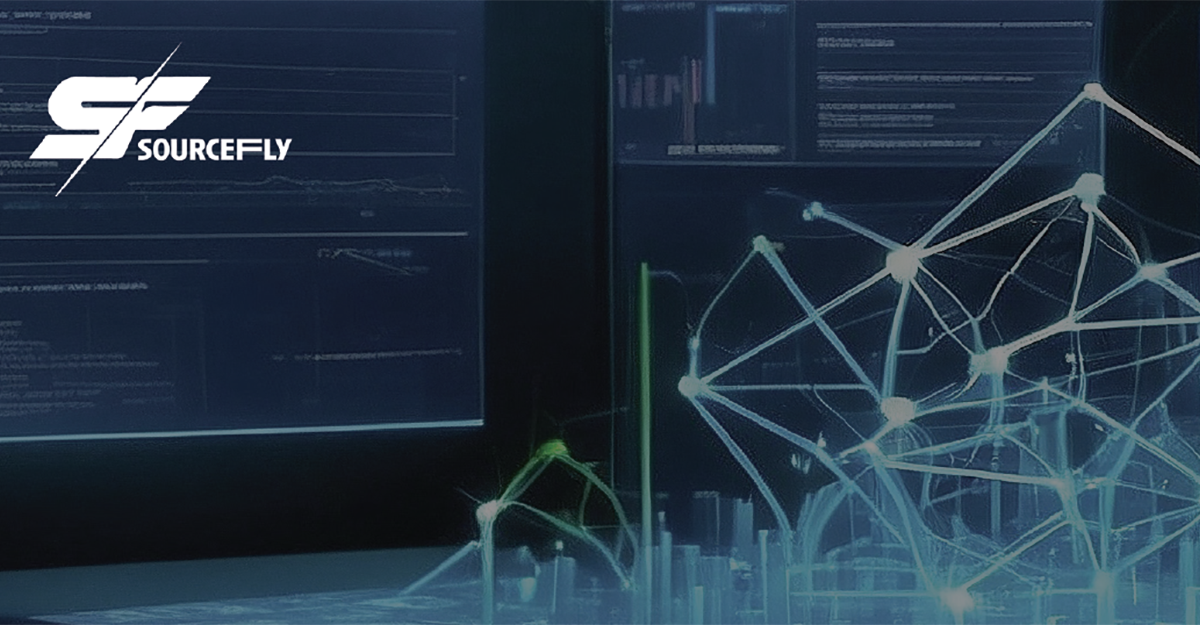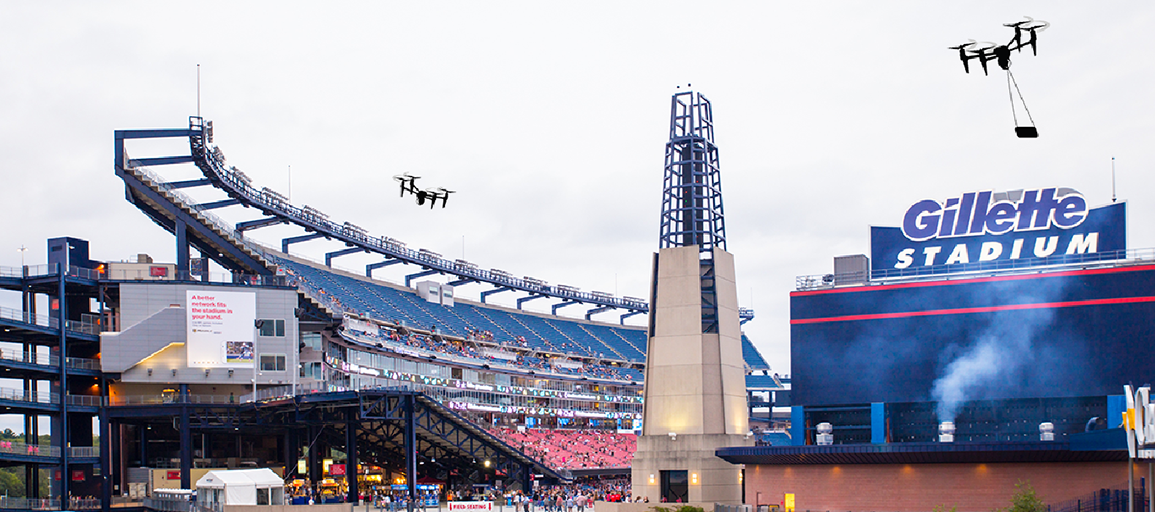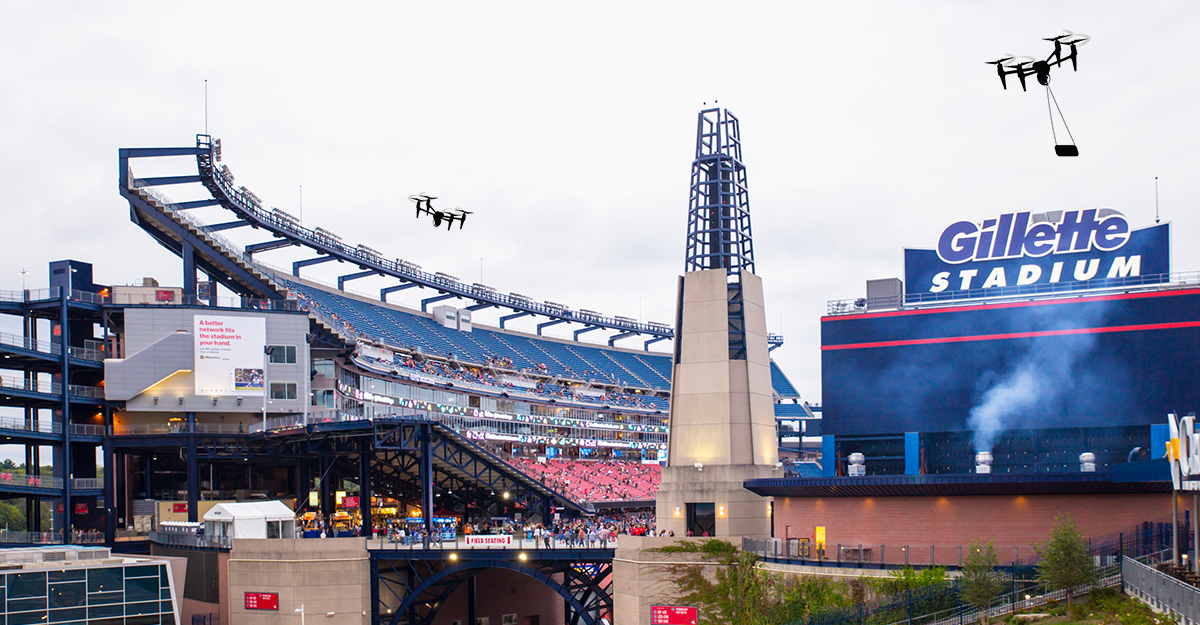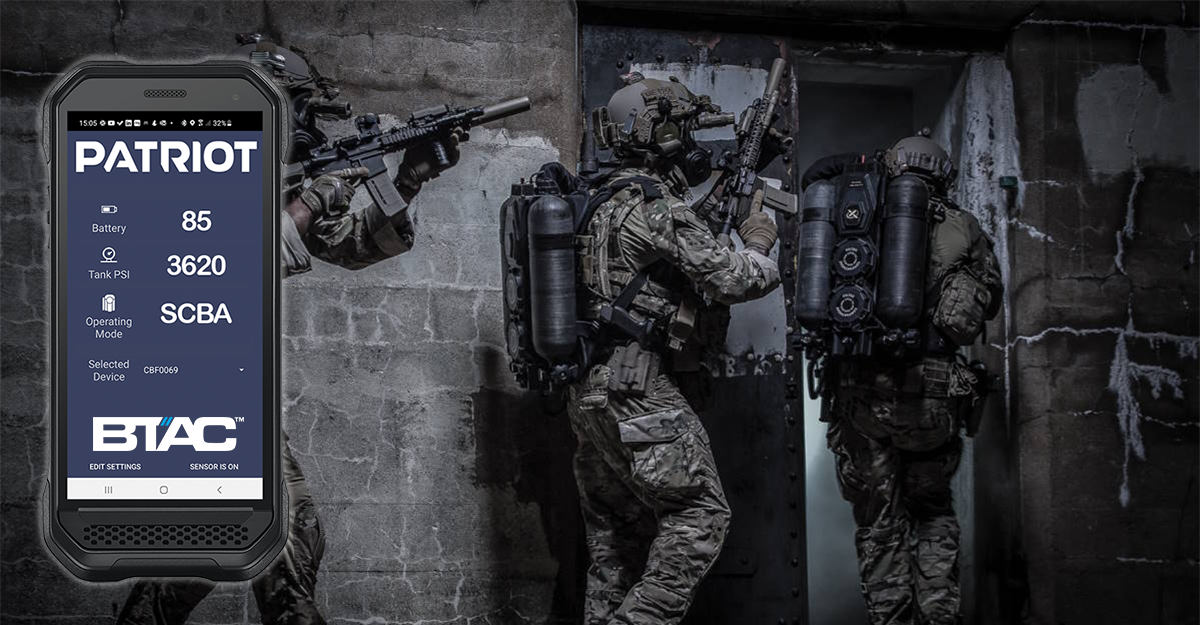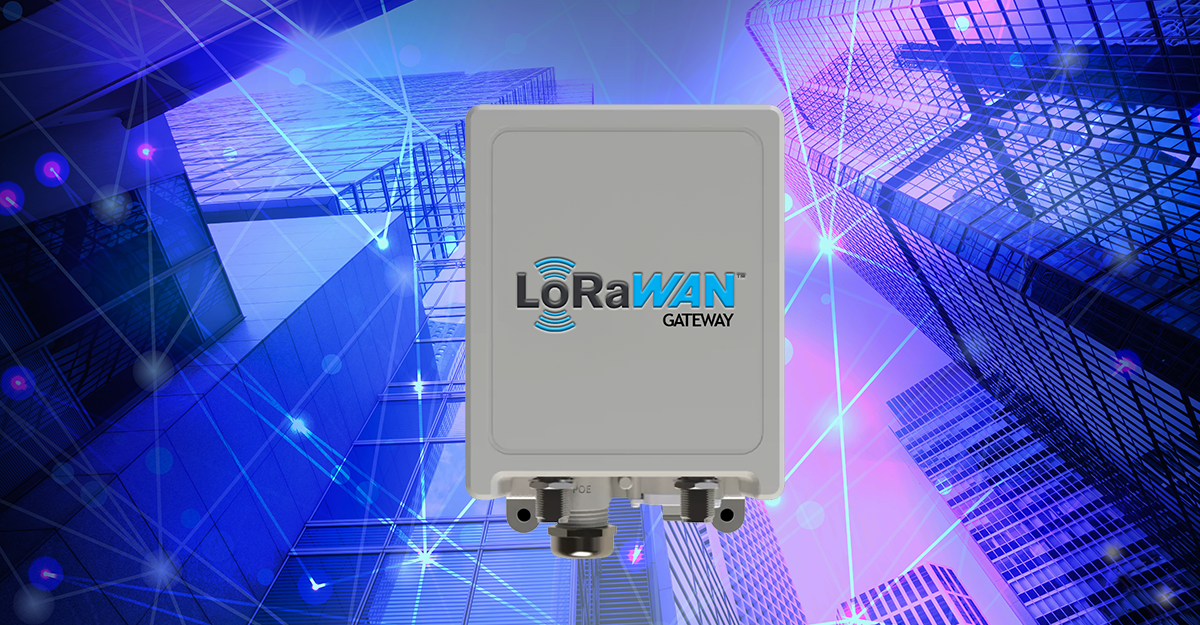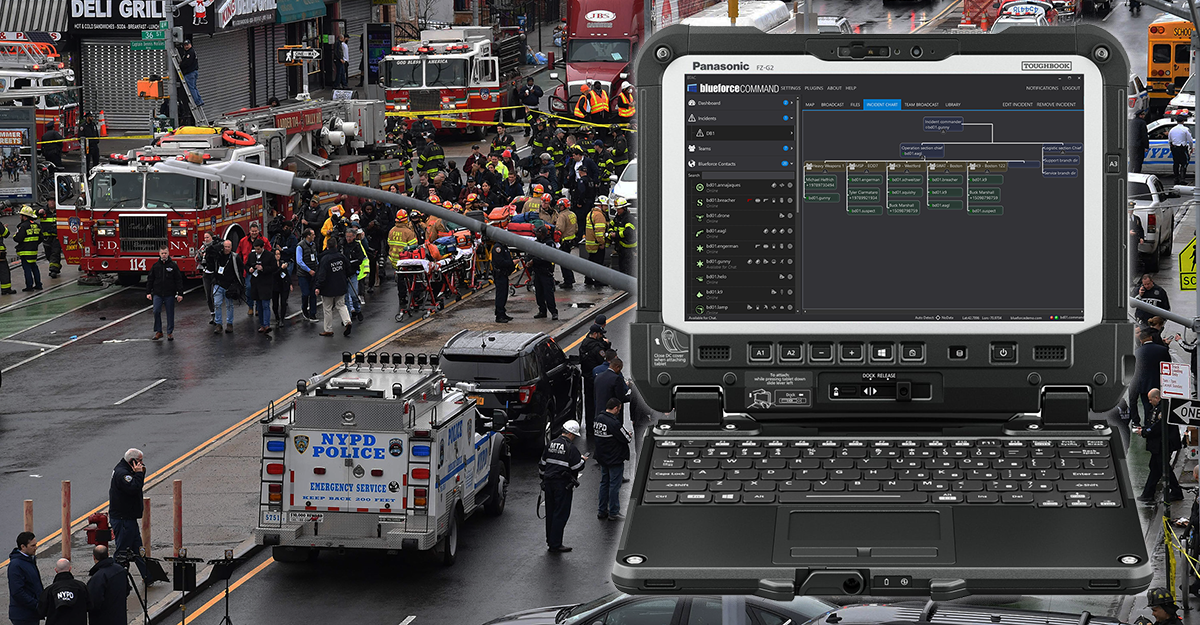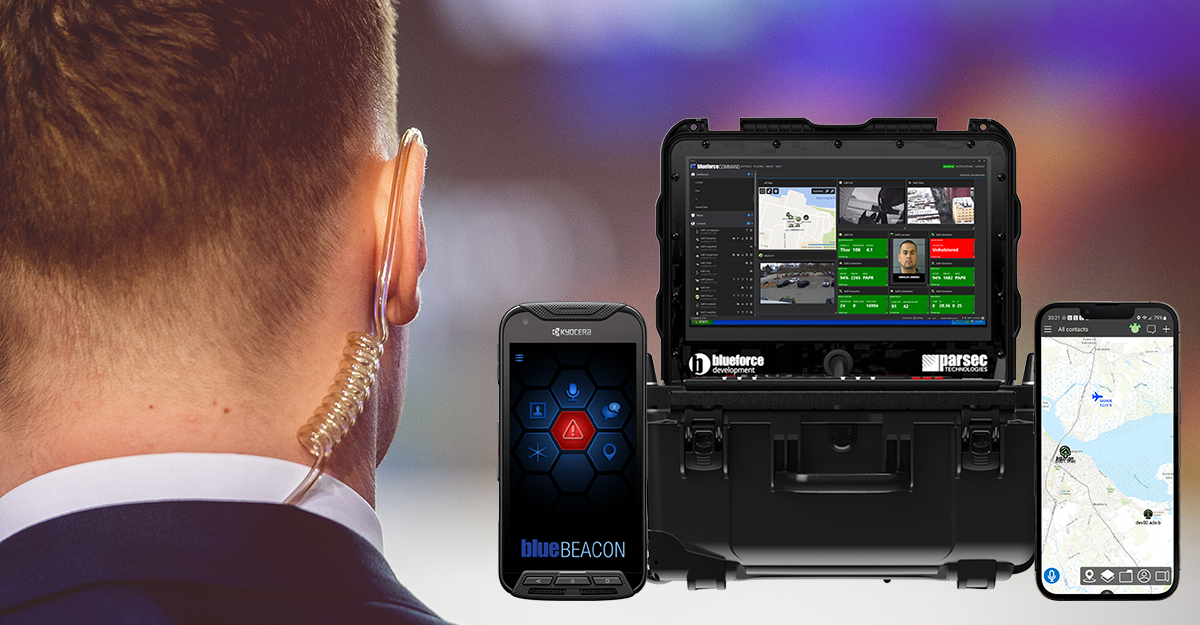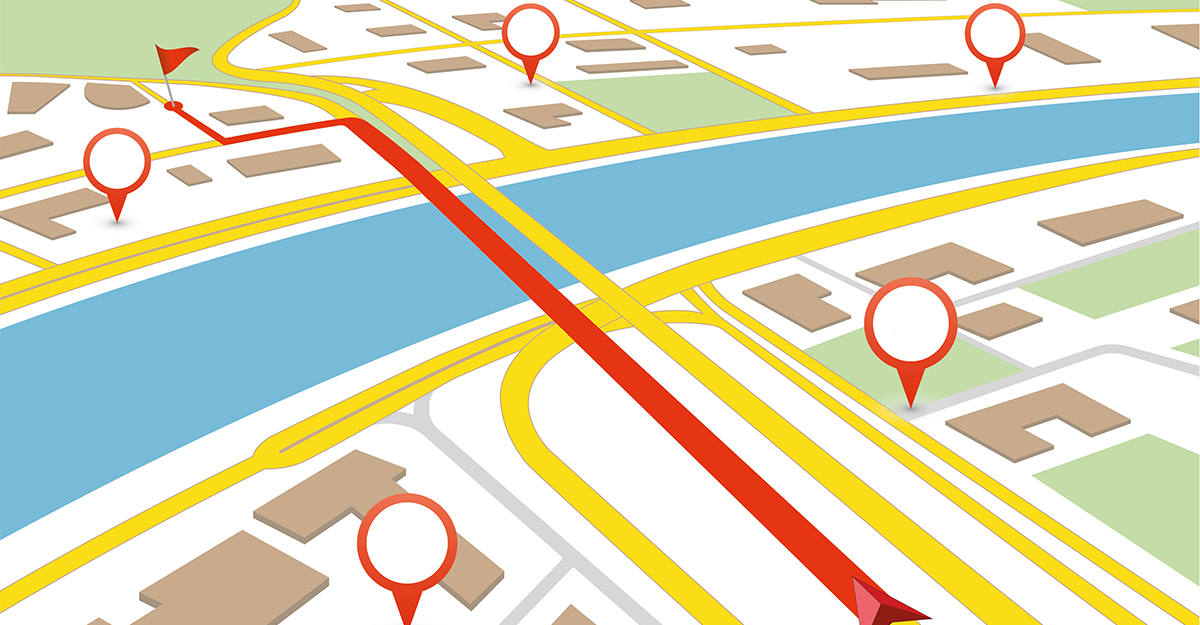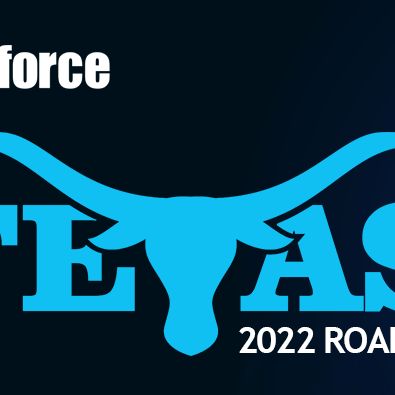Unifying Strategy and Execution with AI-Powered Edge Intelligence: SourceFly
Mission Ready: A New Era of AI-Enabled Decision Superiority In an era of accelerating complexity, national security, enterprise operations, and crisis response depend on seamless fusion between decision-makers, field actors, and intelligent systems. Blueforce and SourceFly’s partnership delivers an unprecedented edge-to-center solutions for real-time mission success—aligning people, process, and tools for transformative agility across domains. Strategy to Execution: C-suite to tactical edge operations through shared situational awareness...
Read More

